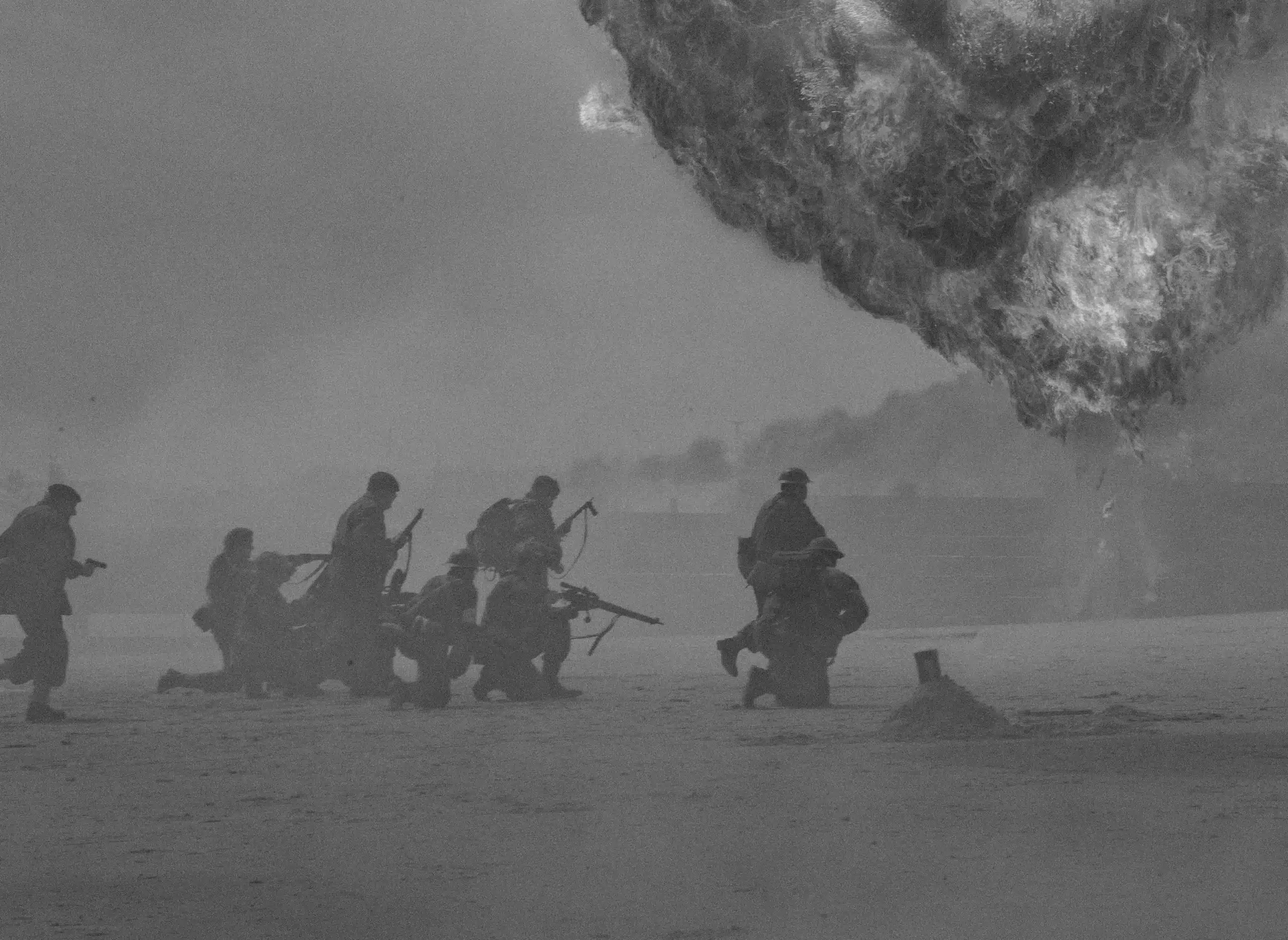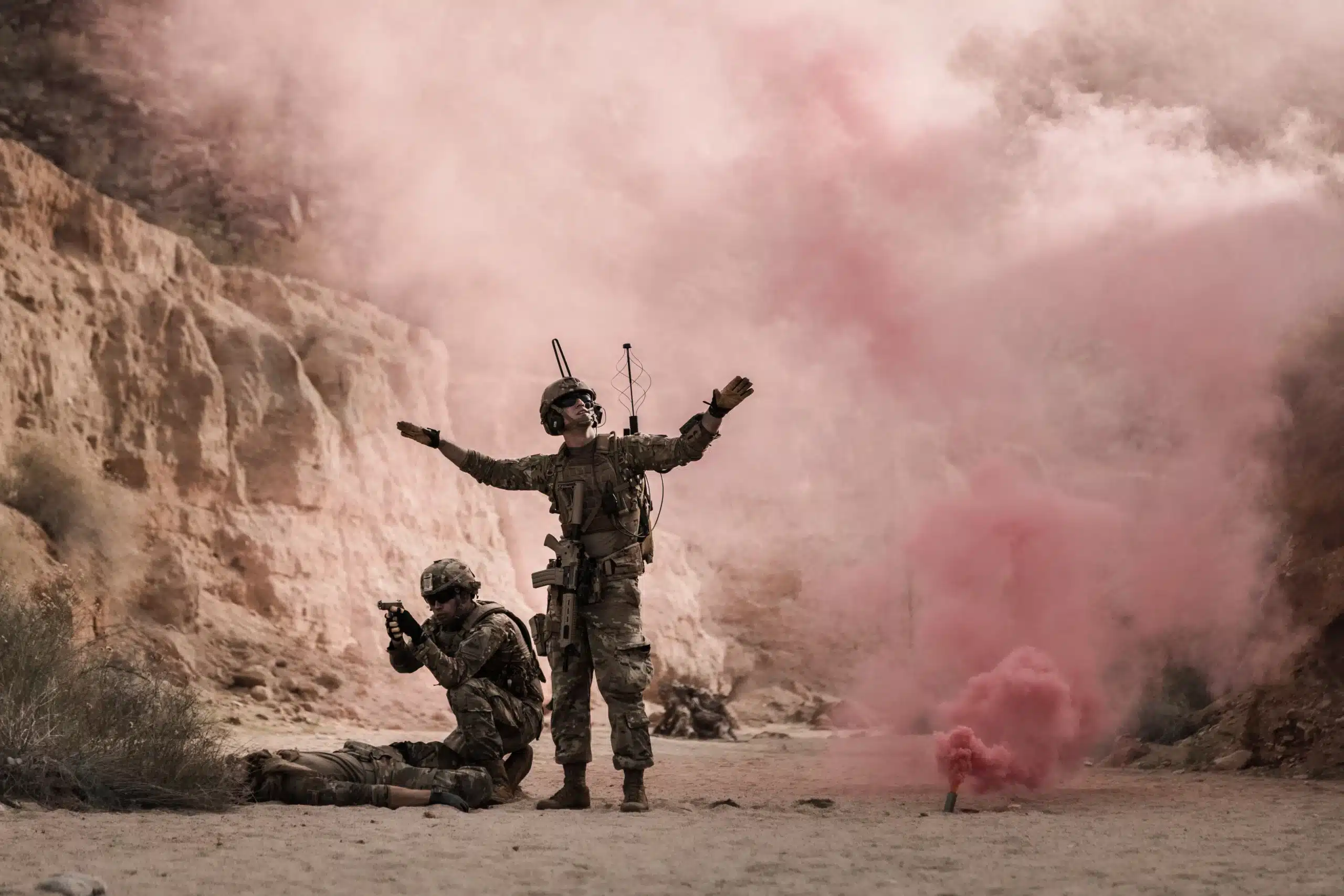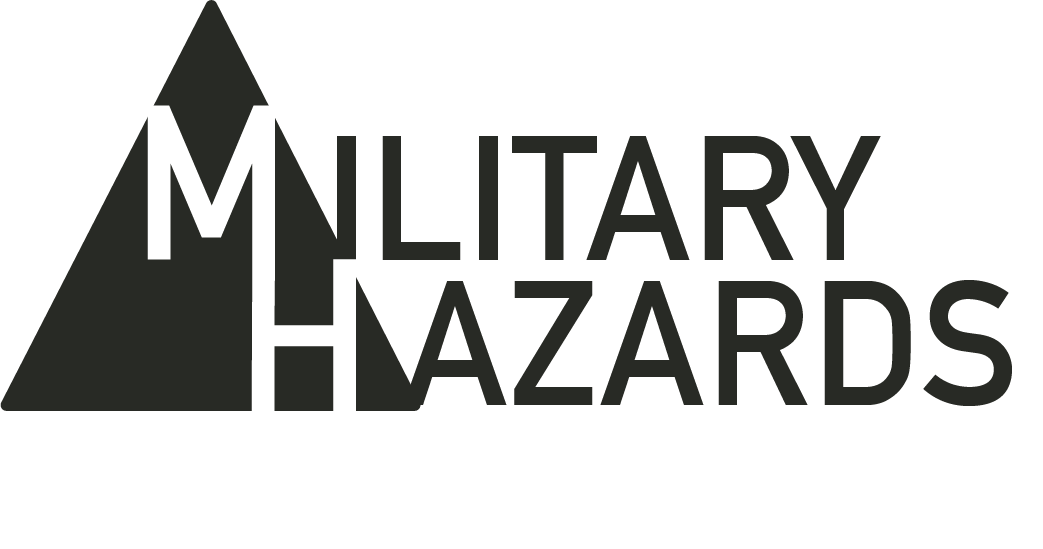Contact Our Legal Partner
"*" indicates required fields

Serving in the military, however rewarding it may be, is tied to many risks and hazards, both expected and unexpected. One possible consequence of military service is chemical exposure. Chemical exposure in the military could have occurred in overseas combat zones or during training at US military bases. Such exposure may result in serious illness that might not manifest itself until much later in life. The VA’s public health page is a good place to start your research. It offers detailed information on military chemical exposure.
If you were exposed to chemical hazards or other hazardous materials during your time in the military, you may be entitled to disability compensation.

Types of Chemical Exposures in the Military
During their service, military personnel may come into contact with a range of toxic chemicals that can cause serious health conditions. Learn more about some of the exposure types and health conditions associated with them below.
Agent Orange Exposure
Agent Orange was a chemical herbicide and defoliant (also known as “weed killer”) that was used during the Vietnam War. Any veteran who served anywhere in Vietnam during the war is presumed by the US Department of Veteran Affairs to have been exposed to Agent Orange. The main ingredient in Agent Orange, dioxin TCDD, was found to be highly toxic and cause cancer, reproductive problems and other serious medical conditions.
Other locations, where military personnel could have been exposed to Agent Orange include military bases in Thailand, Laos, Cambodia, Guam, American Samoa and the Korean DMZ. All the conditions that you have to meet for there to be a “presumption for exposure” can be found here.
Health conditions caused by Agent Orange include:
- Several types of cancer
- Bladder cancer
- Chronic B-cell leukaemia
- Hodgkin’s lymphoma
- Non-Hodgkin’s lymphoma
- Multiple myeloma
- Lung cancer
- Some soft tissue sarcomas
- AL amyloidosis
- Diabetes mellitus type 2
- High blood pressure (hypertension)
- Hypothyroidism
- Ischemic heart disease
- Parkinson’s disease
Burn Pits
Military burn pits are large areas of land dedicated to open-air combustion of waste generated by military bases, such as plastics, paint, petroleum, medical waste, human waste, rubber, lubricants, and even ammunition. Until the mid-2010s, burn pits were used in Afghanistan, Iraq, and other overseas locations such as Kuwait, Saudi Arabia and others, to dispose of waste.
Most side effects of burn pit exposure, such as irritation to the eyes and throat, coughing, skin rashes and itching resolve once the exposure ends. However, toxins in burn pit smoke may have a long-lasting effect on respiratory and cardiovascular systems, gastrointestinal tract, internal organs, skin and eyes.
Some of the presumptive conditions caused by burn pit smoke exposure include:
- Asthma that was diagnosed after service
- Chronic bronchitis
- Chronic obstructive pulmonary disease (COPD)
- Chronic rhinitis
- Chronic sinusitis
- Constrictive bronchiolitis
- Pulmonary fibrosis
- Sarcoidosis
- Brain cancer
- Gastrointestinal cancer of any type
- Kidney cancer
- Lymphatic cancer of any type
- Lymphoma of any type
- Melanoma
- Pancreatic cancer
- Reproductive cancer of any type
- Respiratory cancer of any type
Contaminated Drinking Water
One of the most notorious cases of chemical exposure in the military is the Camp Lejeune water contamination case. The United States Marine Corps training facility at Camp Lejeune in North Carolina exposed service members, their families, and civilian employees to contaminated drinking, cooking, and bathing water. Investigators found that between the 1950s and 1980s, the people in charge of chemical maintenance at Camp Lejeune had improperly disposed of chemicals including trichloroethylene and perchloroethylene (both compounds are commonly used as dry-cleaning agents and degreasers).
Veterans who were stationed there between 1953 and 1987 may be eligible for compensation based on presumed exposure to contaminated water.
Some of the long-term health conditions caused by the Camp Lejeune water contamination include:
- Multiple myeloma
- Aplastic anaemia
- Adult leukaemia
- Renal toxicity
- Miscarriages and infertility
- Bladder cancer
- Kidney cancer
- Liver cancer
- Non-Hodgkin’s lymphoma
- Parkinson’s disease
Mustard Gas or Lewisite
Veterans who came into contact with mustard gas (also known as sulfur mustard, yperite, or nitrogen mustard) or lewisite, a natural compound that contains the poison arsenic, may develop serious medical conditions.
If you or your loved one served in the army and were present during the air raid on Bari, Italy during World War II, you may have had contact with mustard gas. A full list of locations that suffered mustard gas exposure can be found here.
Sulfur mustard or mustard gas may cause the following conditions:
- Blindness
- Severe eye burns and permanent eye damage
- Severe skin burns and blisters
- Chronic bronchitis
- Lung cancer
- Throat cancer
What Are the Most Common Chemical Exposures in the Military?

Military personnel, veterans and their families are at a higher risk of coming into contact with toxic chemicals. Some of the more commonly encountered chemicals amongst the US military include Agent Orange and other tactical herbicides used during the Vietnam War to destroy forests and food crops that were providing shelter and food to opposition forces.
Members of the military may also suffer from exposure to pesticides, sulfur mustard, burn pit fumes, PFAS & PFOA in firefighting foam, and ammunition-related compounds. Family members of military personnel and veterans who reside on military bases may be exposed to contaminated water (for example, the water at Camp Lejeune was contaminated with industrial solvents, benzene, and other chemicals). Chemical exposure in the military is extremely dangerous and can lead to life-altering health conditions.
